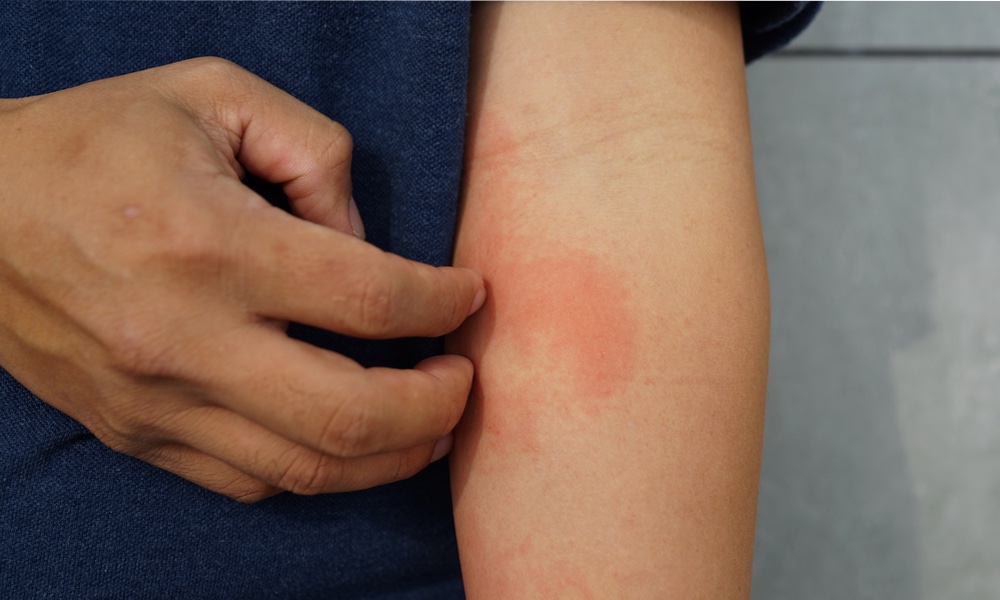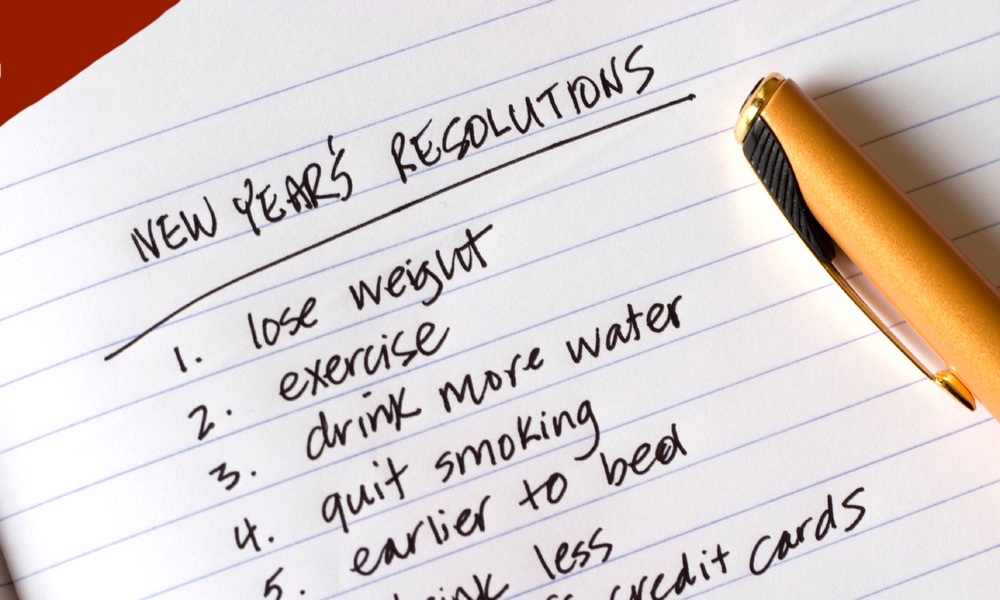Dr. Khetan is Cardiology Fellow at the Harrington Heart & Vascular Institute, University Hospitals Cleveland Medical Center. Dr. Josephson is Professor of Medicine Case Western Reserve University School of Medicine. Director Cardiac Intensive Care and Cardiovascular and Director, Pulmonary Rehabilitation, Harrington Heart & Vascular Institute, University Hospitals Cleveland Medical Center. Dr. Mohan is Chief Quality Officer, Harrington Heart & Vascular Institute, University Hospitals Cleveland Medical Center.
In 1945, when Franklin D. Roosevelt died of a stroke, his physicians did not know that his long-standing hypertension, with recorded systolic blood pressures as high as 300, had played a major role in his untimely death at the age of 63. It wasn't until four years later that the Framingham Heart Study provided the first insights into the link between elevated blood pressure and cardiovascular disease, with its findings first published in 1961[1]. Since then, numerous studies have highlighted valuable information about hypertension as a risk factor for heart disease, chronic kidney disease and peripheral vascular disease.
Hypertension can lead to heart failure, atherosclerotic coronary artery disease or an aortic aneurysm and a resulting stroke[2]. Heart disease is the most common cause of death in hypertensive patients. Approximately 95% of adults with high blood pressure have primary or essential hypertension, which results from a combination of genetic and environmental factors. Lifestyle factors such as high salt intake, a sedentary lifestyle, obesity and excessive alcohol consumption can all contribute to hypertension.
There are a few secondary causes of hypertension that together account for five percent of the cases. Obstructive sleep apnea, kidney disease, thyroid disease and renal artery stenosis are chief among them. Other, less common, secondary causes are pheochromocytoma, coarctation of the aorta, excessive aldosterone secretion and excessive cortisol secretion.
Blood pressure regulation depends upon the balance between the heart's output and the ability of the peripheral vascular system — the veins and arteries in the extremities — to resist that pressure. Retention of sodium is often the first step in hypertension. This then leads to increased fluid within the blood vessels, the pressure of which consequently raises blood pressure.
A diagnosis of hypertension is typically made when a person has had elevated blood pressure on three consecutive readings on different days, with the average of the last two readings being greater than 140 mm Hg systolic — the top number in a blood pressure reading, and the blood pressure reading when the heart contracts during a beat — and/or 90 mm Hg diastolic — the blood pressure when the heart is relaxing between beats. Diastolic is the bottom number in a blood pressure reading.
Normal blood pressure is considered a systolic blood pressure <120 mm Hg and diastolic blood pressure <80 mm Hg. Stage I hypertension is defined by systolic blood pressure (SBP) of 140–159 mm Hg or diastolic blood pressure (DBP) 90–99 mm Hg. Stage II hypertension is defined by systolic blood pressure greater ≥160 mm Hg or diastolic blood pressure ≥100 mm Hg. Individuals with systolic blood pressure 120–139 or diastolic blood pressure 81–89 are considered to have pre-hypertension; this term is utilized because the majority of such individuals will ultimately develop hypertension[5].
Having your blood pressure taken, or taking it yourself, is pretty straightforward. There are just a few simple steps you need to follow to get an accurate reading.
It's also important that an appropriate-sized blood pressure cuff is used. Using over- or under-sized cuffs may lead to erroneous measurement. An oversized cuff will lead to underestimation of blood pressure, while an undersized cuff will lead to overestimation of blood pressure.
Initially, blood pressure should be measured in both upper arms; if the readings are different, other diagnoses will be considered. The arm with the higher reading should be used for measurements thereafter.
Blood pressure measurements at the wrist or finger are less reliable than upper arm measurement. While blood pressure can be measured using a stethoscope or an automated electronic device, electronic devices are preferred, as the results are more reproducible. However, the accuracy of electronic instruments can decrease if they are not calibrated periodically[6].
Some people have what is known as “white coat hypertension” — elevated blood pressure in the examining room, but normal blood pressure elsewhere. The best way to figure out if this is the reason why your pressure is suddenly elevated is to either get blood pressure readings at home or use ambulatory blood pressure monitoring. This involves wearing an arm cuff connected to a device that automatically measures and records blood pressures at regular intervals, usually over a 24-hour period[7].
There are a few potential problems with at-home BP measurements, including inaccurate technique and the lack of accuracy of home blood pressure machines. The best thing to do is to bring your home monitor or cell phone to the clinic, where your doctor can simultaneously measure your blood pressure with the clinic monitor and the home monitor to check to see if you are using the monitor correctly.
Cell phone-based measurements have not been shown to be accurate or reliable. They are not recommended at present.
Next week: Treating blood pressure.
[2] Rehabilitation AA of C& P. Guidelines for Cardia Rehabilitation and Secondary Prevention Programs-(with Web Resource). Human Kinetics; 2013.
[3] Beevers G, Lip GY, O’brien E. The pathophysiology of hypertension. Bmj 2001;322:912–6.
[4] Khetan A, Josephson RA. Blood pressure management. CCRP Prep Study Guide 2014:Chapter 4, pp 106–25.
[5] Chobanian AV, Bakris GL, Black HR, Cushman WC, Green LA, Izzo JL, et al. Seventh report of the joint national committee on prevention, detection, evaluation, and treatment of high blood pressure. Hypertension 2003;42:1206–52.
[6] Yarows SA, Julius S, Pickering TG. Home blood pressure monitoring. Arch Intern Med 2000;160:1251–7.
[7] Pickering TG, Shimbo D, Haas D. Ambulatory blood-pressure monitoring. N Engl J Med 2006;354:2368–74.





